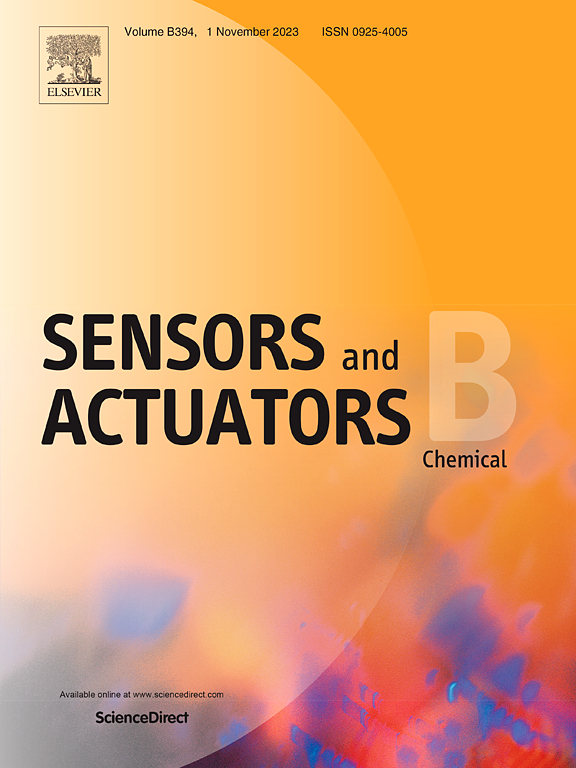ACCELERATING HYDROGEN SENSING WITH Pd-MOS CAPACITORS USING ACTIVE CONTROLS OF TRAPPED CHARGE
IF 8
1区 化学
Q1 CHEMISTRY, ANALYTICAL
引用次数: 0
Abstract
Hydrogen monitoring with reliable, fast and cheap sensors is crucial to fully exploit the potential of this gas as an energy vector. One of the most appealing technologies for hydrogen sensing is based on MOS capacitors with palladium gate (Pd) made of nanoparticles, which acting as a catalyst for H2 promotes its dissociation. The generated atoms are then injected into the dielectric shifting the C(V) curve. In this work, we show that the use of active controls of trapped charge in dielectrics can radically accelerate the response time of palladium MOS capacitors as H2 sensors. The repeatability of the sensing is also improved, reducing significantly temporal drifts. The control strategy is based on second order sigma-delta modulation, implementing a discrete-time sliding mode control. Results show that the horizontal displacement of the C(V) curve of the capacitors can be cancelled out in real time by the application of voltage waveforms generated by the controls. Consequently, when exposed to hydrogen, a quasi-constant state operation of the capacitors is created, allowing a radical improvement of the time response as hydrogen sensors.利用主动控制捕获电荷的Pd-MOS电容器加速氢传感
使用可靠、快速和廉价的传感器进行氢监测对于充分利用这种气体作为能量载体的潜力至关重要。其中一个最吸引人的氢传感技术是基于纳米钯栅极(Pd)的MOS电容器,其作为催化剂促进H2的解离。然后将产生的原子注入电介质,使C(V)曲线发生位移。在这项工作中,我们证明了使用介电体中捕获电荷的主动控制可以从根本上加快钯MOS电容器作为H2传感器的响应时间。传感的可重复性也得到了改善,显著减少了时间漂移。控制策略基于二阶σ - δ调制,实现离散时间滑模控制。结果表明,利用控制器产生的电压波形可以实时抵消电容器C(V)曲线的水平位移。因此,当暴露于氢气时,电容器的准恒定状态操作被创建,允许从根本上改善氢气传感器的时间响应。
本文章由计算机程序翻译,如有差异,请以英文原文为准。
求助全文
约1分钟内获得全文
求助全文
来源期刊

Sensors and Actuators B: Chemical
工程技术-电化学
CiteScore
14.60
自引率
11.90%
发文量
1776
审稿时长
3.2 months
期刊介绍:
Sensors & Actuators, B: Chemical is an international journal focused on the research and development of chemical transducers. It covers chemical sensors and biosensors, chemical actuators, and analytical microsystems. The journal is interdisciplinary, aiming to publish original works showcasing substantial advancements beyond the current state of the art in these fields, with practical applicability to solving meaningful analytical problems. Review articles are accepted by invitation from an Editor of the journal.
 求助内容:
求助内容: 应助结果提醒方式:
应助结果提醒方式:


